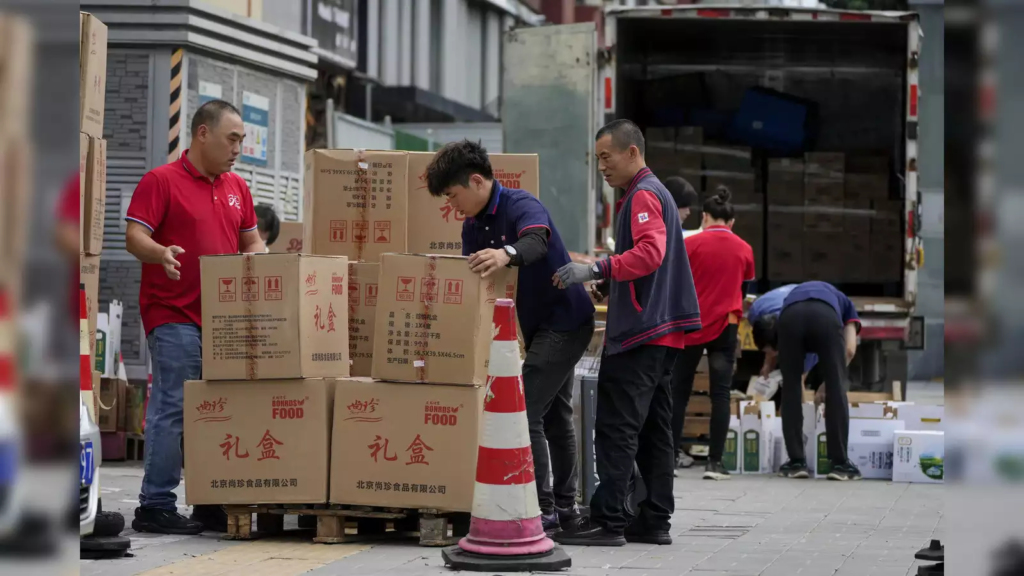China is expected to unveil significant economic measures Friday at the conclusion of the National People’s Congress Standing Committee meeting, aiming to revive its struggling economy, AP reported.

Analysts believe China may need substantial, multi-trillion-yuan initiatives to reinvigorate growth in the world’s second-largest economy, which has yet to recover fully from the COVID-19 pandemic. Although the central bank relaxed borrowing rules in late September, sparking a stock market rally, economists argue that more aggressive action is needed to sustain momentum, according to the AP report.
Officials have hinted that this week’s legislative session could bring more decisive economic policies. Any new spending or economic boost must gain official approval from the Standing Committee, which is responsible for endorsing government financial decisions, AP reported.
Signs of economic improvement have emerged over the past two months. September saw auto sales rebound after the government offered purchase subsidies to citizens trading in old cars or appliances for new ones. In October, manufacturing surveys showed growth after five months of decline, and exports spiked by 12.7%, the highest surge in over two years, the report added.
What happened in the past?
Earlier in the year, the Communist Party appeared more focused on long-term structural reforms than short-term economic boosts. Prior economic support measures were modest, seemingly aimed at stability rather than aggressive recovery.
Recently, party leaders have signaled concern over the slow economic pace as they work to achieve this year’s growth target of around 5%. Following the central bank’s easing, officials assured the public that the government still has sufficient funds to inject into the economy.
Despite the new efforts, China’s ruling party is likely to maintain its focus on long-term goals, such as transitioning to a high-tech and a green-energy economy. Unlike other countries, China’s leaders face less pressure for immediate results due to a lack of competitive elections, giving them room to prioritize structural changes over short-term gains.